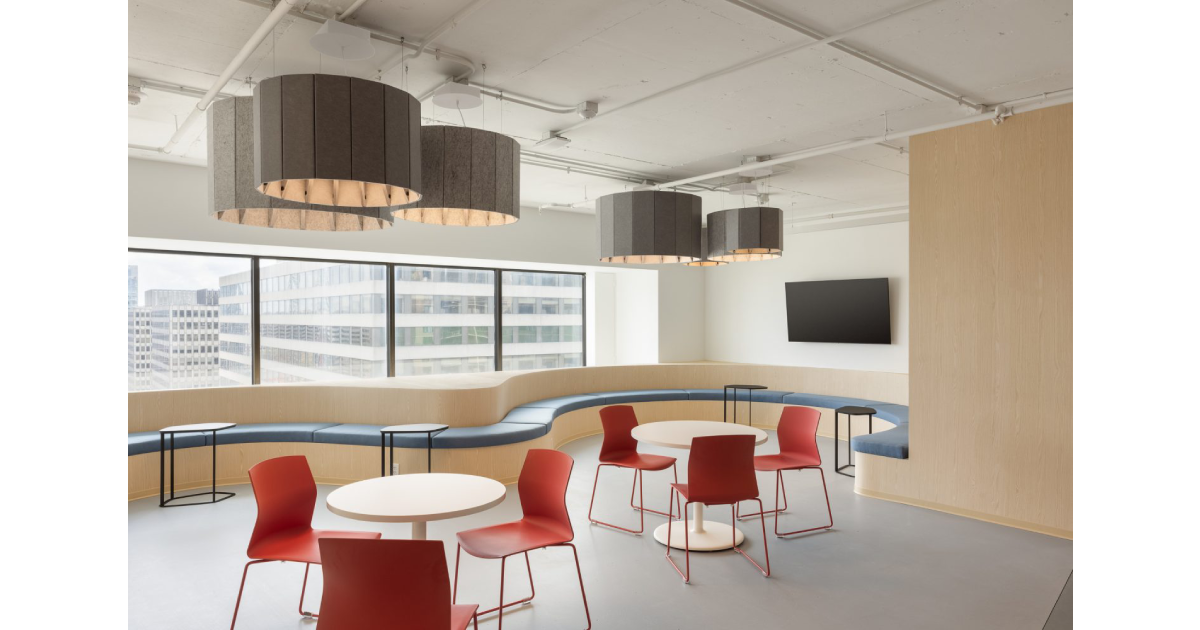$150 Million Announced for Shovel-Ready Projects that cut Costs and Emissions in Alberta

Nov 3, 2020
Industrial innovation initiatives that support economic recovery and sustainability are now eligible for up to $150 million in funding. The Government of Alberta announced it is funding $100 million for Emissions Reduction Alberta’s (ERA) Shovel-Ready Challenge through the Technology Innovation and Emissions Reduction (TIER) fund. Up to $50 million in additional funds will also be available from the federal Low Carbon Economy Leadership Fund.
ERA’s Shovel-Ready Challenge will provide vital financial support to companies ready to implement leading-edge technologies in applications for both greenfield and brownfield operations. This support will be leveraged with private funding, leading to projects valued at over $500 million. This will result in operational efficiencies, cost and emissions reductions, new investment, job creation and retention, and address longer-term environmental sustainability priorities.
ERA is seeking commercial demonstration and deployment projects that have the highest potential to immediately create economic stimulus and environmental resiliency. Projects must begin within 60 days of funding approval and outcomes must include commercial demonstration or deployment of technologies in operational environments. New projects and projects at early stages of execution that have been initiated but stalled due to the current economic situation are also eligible to apply.
Successful applicants are eligible for up to $15 million with a minimum request of $2 million. ERA will identify opportunities to leverage funding for this call with support from other funding partners. Since funding will be leveraged with public and private investments, the potential for employment and GDP creation is increased.
To inform the scope of the Shovel-Ready Challenge, ERA reached out to technology developers, industry, government, and other experts to discuss opportunities to create jobs, increase competitiveness, tackle barriers to advancing technology, and reduce emissions.
Applications are open for all categories of applicants with shovel-ready projects, including industry associations, industry operators, entrepreneurs, technology providers, municipalities, and others. Partnerships between technology developers and industry operators are encouraged to apply.
This call is open to a broad range of Alberta’s industries with opportunities for significant GHG reductions. Projects can include mobility and transportation solutions, low-emitting electricity generation, high efficiency equipment, optimization of agriculture and forestry operations, methane emissions management, waste heat utilization, low carbon industrial heat, fuel switching, alternative feedstocks, Carbon capture, utilization, and sequestration (CCUS), and more.
Projects may involve components outside of Alberta, but all technology demonstration and deployment activities must occur in the province. The application deadline is Tuesday, December 22, 2020. Program details are available on the ERA website.
Submissions will be selected through ERA’s competitive review process. A team of experts in science, engineering, business development, commercialization, financing, and GHG quantification will conduct an independent, rigorous, transparent review overseen by a Fairness Monitor. All ERA funding recipients are required to produce a final outcomes report that is shared publicly for the broader benefit of Alberta.
Steve MacDonald, ERA’s CEO, and Mark Summers, ERA’s Executive Director of Technology and Innovation, will host an informational webinar on Thursday, November 12 at 1 p.m. (MT). They will provide an overview of the funding opportunity, including scope and eligibility of the call, the submission process, and timelines for decisions. Participants will have the chance to ask specific questions to help prepare an application.

















